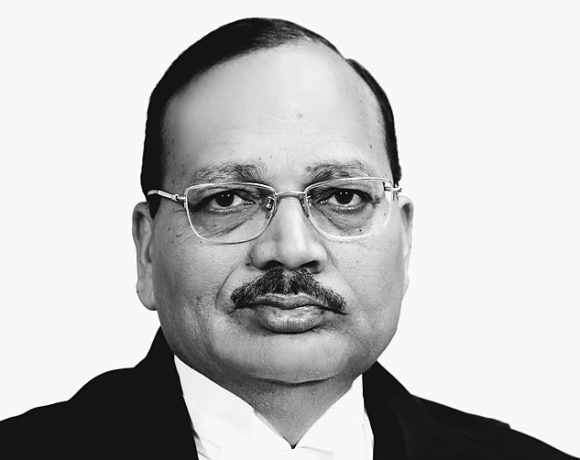
Income Disparity Down 74.2% Since FY14, Direct Tax Share at 14-Year High: SBI Study
A new report by the State Bank of India (SBI) highlights a significant reduction in income disparity and a surge in direct tax collections over the past decade.
According to the report, income disparity for individuals earning up to Rs 5 lakh annually has declined by 74.2% between fiscal years 2013-14 and 2022-23, signaling positive income growth for lower-income groups.
India’s progressive tax regime has also led to a significant increase in direct tax contributions, which now account for 56.7% of total tax revenue for Assessment Year (AY) 2024, marking the highest share in 14 years. Since FY21, personal income tax (PIT) collections have outpaced corporate income tax (CIT), with PIT growing at 6%, compared to CIT’s 3%.
Income Growth for Lower Brackets
The SBI study, titled “How Tax Simplification has given a necessary fillip to ITR Filing,” shows a rightward shift in the income distribution curve from AY2015 to AY2024. This shift indicates that individuals in lower income brackets are seeing their incomes rise, bringing them closer to their population share.
For individuals earning up to Rs 3.5 lakh annually, the report notes a significant improvement. Income disparity in this group dropped from 31.8% in FY14 to 12.8% in FY21, highlighting a 19% increase in income relative to population.
Direct Tax Collection on the Rise
The report also points out that lower-income groups, particularly those earning under Rs 5.5 lakh, have consistently experienced positive growth in the past decade, except during AY2020 due to the COVID-19 pandemic.
Meanwhile, traditional leaders in income tax filing, such as Maharashtra, Delhi, Gujarat, and Karnataka, are nearing saturation in terms of income tax returns (ITR) filings, with their share in the overall tax base declining.


















